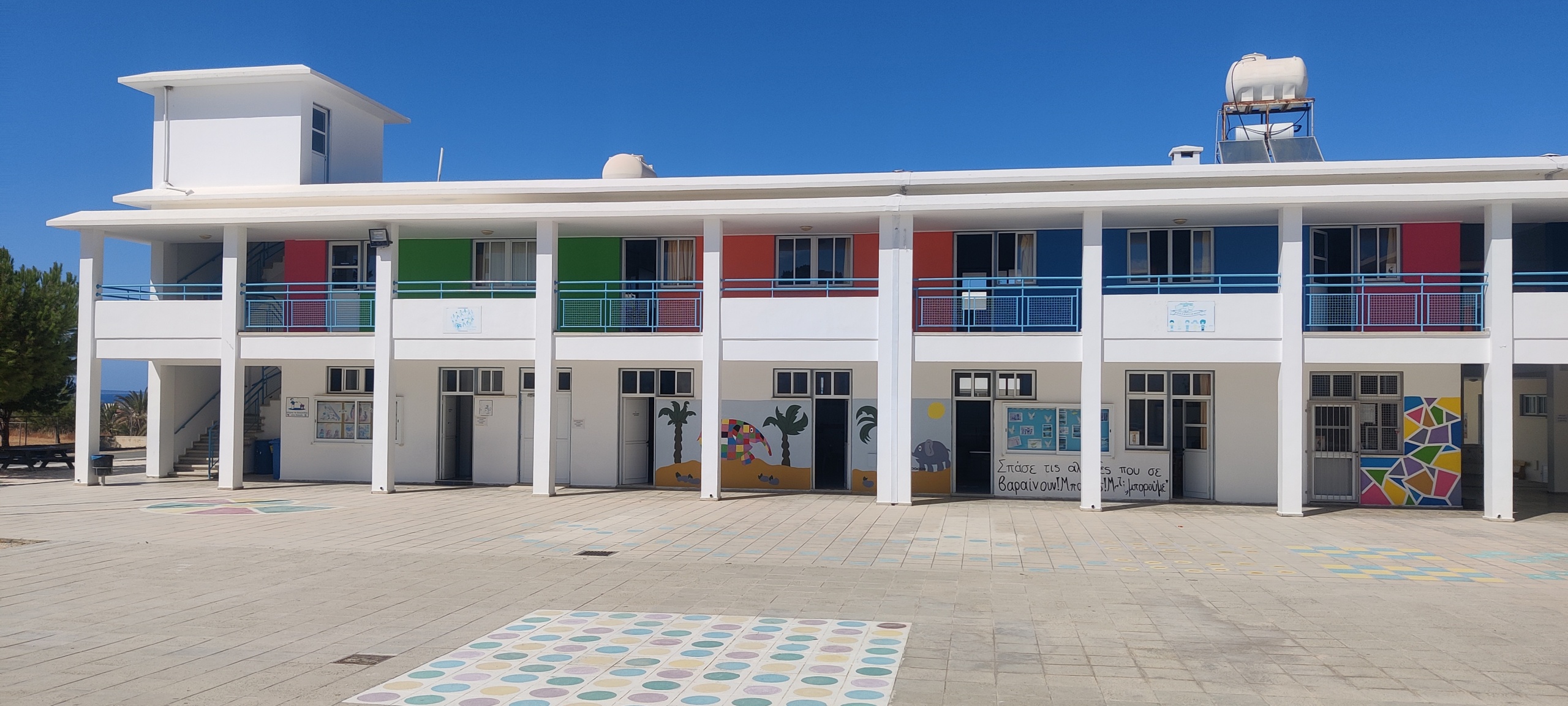Observing the gaps and barriers in deep energy renovation of schools in Cyprus through UPGREAT
With the building sector accounting for 36% of total greenhouse gas emissions and 40% of the EU energy consumption, major renovations have become mandatory throughout Europe to achieve higher energy efficiency and lower carbon emissions by 2050. These targets apply to both, public and private buildings, including school buildings, which are at the forefront of the European Union’s “Wave of Renovation” due to their significant role and their contribution to the social context.

Regarding the school buildings in Cyprus, whether referring to kindergartens, primary, secondary, or technical schools, various technical issues are observed, directly related to construction methods and energy performance. As a result, the learning experience and performance are significantly affected, as throughout the year, most of the students express that the indoor thermal conditions do not meet the thermal comfort requirements, a fact that is also confirmed by teachers and school staff.
Large-scale energy renovations of school buildings have a high perceived investment risk, while the many actors involved deem the endeavor as an even more complex procedure. The importance of such deep energy renovations has been addressed by National (NEEAP, NECP) and EU (EPBD, Green Deal) policies. Specifically, in the case of Cyprus, the necessity of deep energy renovations of school buildings has been emphasized, and several faults and deficiencies were identified through a series of energy audits and inspections carried out in 155 schools of all levels across Cyprus, for the purposes of the EU-funded project PEDIA, which connects a wide range of actions aiming to improve the energy performance and the indoor conditions of at least 25 public school buildings in Cyprus, reaching the nearly-zero-energy-building level.
The deficiencies and faults which have been detected in the selected school buildings, were mainly related to excess indoor humidity levels and high temperatures in classrooms, especially during the summer period, late spring, and early autumn months. Most of the issues reflect the existing gaps and barriers between the design and construction phase, as well as the lack of technical skills and knowledge of the professionals in the construction industry, either referring to white or blue-collar practitioners. For instance, numerous schools were not designed nor orientated based on the parameters of bioclimatic design e.g., North facing windows, appropriate shading systems, plantation etc. In addition, significant knowledge gaps and incorrect implementation methods, were identified in the use of construction materials and mechanical systems during energy renovation processes, such as thermal insulation, waterproofing, cooling and heating. Therefore, the need for targeted training of the building sector professionals and the establishment and dissemination of a complete “Guidebook” or “Toolkit” is fundamental in order to avoid such situations when implementing deep energy renovations in school buildings.
